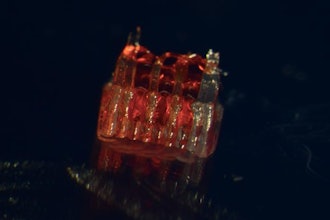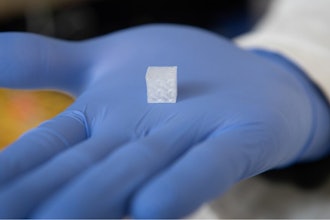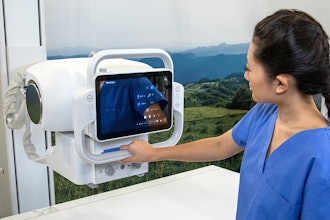Researchers from POSTECH in South Korea have 3D printed artificial corneas, and they are dangerously similar to human corneas.
A recent study found that more than 184,576 corneal transplants were performed in 116 countries in 2012. The corneas came from 742 eye banks, yet about 53% of the world’s population still doesn’t even have access to the technology.
About 35% of the corneas in storage were deemed unusable, and 12.7 million people are still waiting for a transplant, with a median wait time of 6.5 months.
Until now, artificial corneas were made with recombinant collagen or synthetic materials, and they didn't have a high success rate. One of the biggest problems is that the artificial corneas weren't transparent.
The POSTECH team 3D prints its artificial corneas using the bioink made from corneal stroma, or the supportive and connective tissue around the cornea, combined with stem cells. Because these implants are made of corneal tissue-derived bioink, they are biocompatible, and by regulating the shear stress during the 3D cell printing process, the researchers were able to replicate near-human cornea transparency.
The research was recently published in the journal Biofabrication.
The 3D-printed corneas are a significant advancement in corneal tissue engineering, and I can think of about 12.7 million people waiting to see how the human trials go.






















